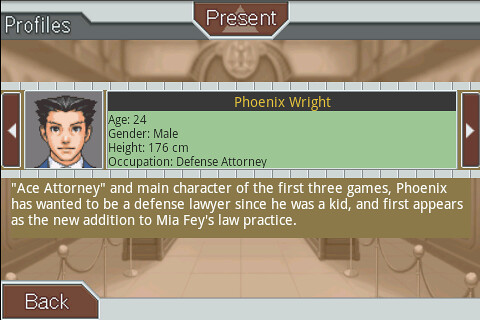
Saturday, May 1, 2010
Finding the sweet spot

Thursday, April 22, 2010
To open source or not to open source?
Most people, especially companies, are very reluctant to adapt to an open source model themselves. Why would someone put so much money, time and resources into a project and then give it all away for free? What will stop one's competitors from taking advantage of all their hard work, for nothing in return? Well, you can make both of these things work for you.
January 1998, Netscape Navigator has already lost it's dominance of the browser market to Internet Explorer. The decision was taken to open source the project. In the coming years, the Mozilla Foundation releases Firefox, the single biggest threat to the now omnipotent browser from Microsoft. And this is not the only consequence. The SSL protocol, first introduced by Netscape, is made into a standard and chosen as the de-facto way of establishing secure connections. This is a good example of how open source made this product a bigger success than it ever was while being closed-source.

Open sourcing your product should be the consequence of carefully examining the pros and cons of doing so, and not trying to fool yourself on the way. If you think of "open-source" as the solution to getting your work done for free, you are in for a rude awakening. Going open source should be an effort to build a community around your idea and making it an integral part of it. This also means that you will have to invest a lot of resources in making this happen. Your code is probably not clear enough for new developers to understand. Documentation is probably lacking or completely missing. You will now have to coordinate not only your own developers but also a whole community. And keep in mind that if they don't like how you are managing things, they might as well just fork the project or abandon it altogether.
Thursday, April 15, 2010
Captivating the User
By communication I'm refering to a much broader concept than a text field, a help message or the use of buttons and windows. I'm talking about making the interface speak for itself without the need of explicit hints.
Some time ago I read an interview with Shigeru Miyamoto, father of the Super Mario series and industry-acclaimed videogame designer. In it, Miyamoto-Sensei comments on the designs of the characters in Super Mario Bros. It is not a coincidence that many enemies had spikes on their backs. The player had to know that running against them was clearly not a good choice. Two decades later we might find it very obvious, but achieving that level of communication is more difficult than it looks.
In the words of Jonathan Ive, Senior Vice President of Industrial Design at Apple Inc. and father of the iPod, "An indicator has a value if it's indicating something, but if it's not indicating something it shouldn't be there", in reference to the hibernation indicators included in the new MacBooks.
And we can apply these same principles to User Interface design. We should minimise , or completely erradicate, the use of help messages and introductory texts, in favor of more self-explainatory interfaces. The user should be able to understand the function of every element on screen instantly, therefore easing the learning curve.
This is especially meaningful on mobile platforms, like Android or iPhone. The short attention span of its users guarantees failure in such brutally competitive markets.
So please remember, try to keep your interfaces as clean and simple as possible. If you can't find the way, you can always add spikes to it!
Monday, April 12, 2010
The World is People
ActivateMe (name still under development) tries to give an answer to the question "What are people in my city doing right now?". We think a city isn't really characterized by it's monuments, it's bars or it's points of interest but by the people. Therefore it looks reasonable to create a map with them in mind.
The latest technology in geolocalization will aid us in creating said map, without the need of having the user explicitly tell the application where he is or what he is doing. This will allow us to help the users find new places without putting an additional burden on them.
Possible uses for ActivateMe range from finding new places in your city, to finding popular places in foreign cities when abroad. Because what's important is not where the places are, but where the people are!
SpartanCoders is a team of Computer Science students: Pablo Llopis (@pablollopis), Paul Goldbaum (@paulgoldbaum) and Luis Santos (@luiskap), who share a passion for mobile application development. You can find some of their applications on the Android Market.
This is the first post of our project for Tetuan Valley Startup School. More will follow!
Wednesday, March 31, 2010
Objection Widget



